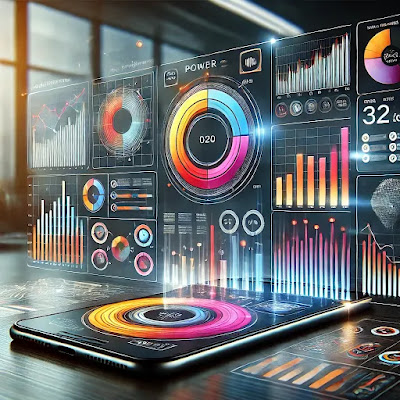How to Write and Understand a Dynamics CRM Plugin

Here’s a sample plugin code in Dynamics CRM written in C#, along with a detailed explanation of each line. This plugin will update the "Description" field of an entity whenever a record is created. Sample Plugin Code using System; // For basic .NET types using Microsoft.Xrm.Sdk; // Provides key interfaces for CRM plugin development using Microsoft.Xrm.Sdk.Query; // For performing queries against CRM data namespace SamplePluginNamespace // Custom namespace for the plugin { public class SamplePlugin : IPlugin // Plugin class implementing the IPlugin interface { public void Execute(IServiceProvider serviceProvider) { // STEP 1: Retrieve the context of the plugin IPluginExecutionContext context = (IPluginExecutionContext)serviceProvider.GetService(typeof(IPluginExecutionContext)); if (context.MessageName != "Create" || context.St...







